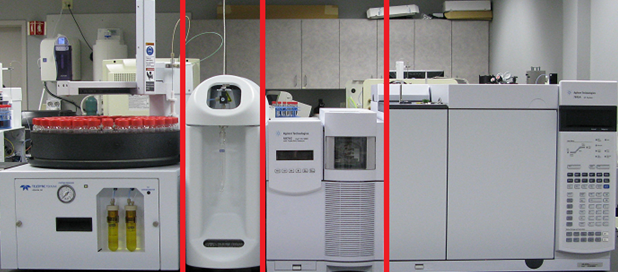Preventive maintenance for analytical instrumentation should be scheduled and performed proactively. It is something that should not be put on the back burner. Establishing and adhering to a preventive maintenance schedule is beneficial in many ways:
- Reduces the risk of instrument failure
- Decreases unexpected downtime
- Increases laboratory productivity
- Extends instrumentation lifetime
- Saves money

